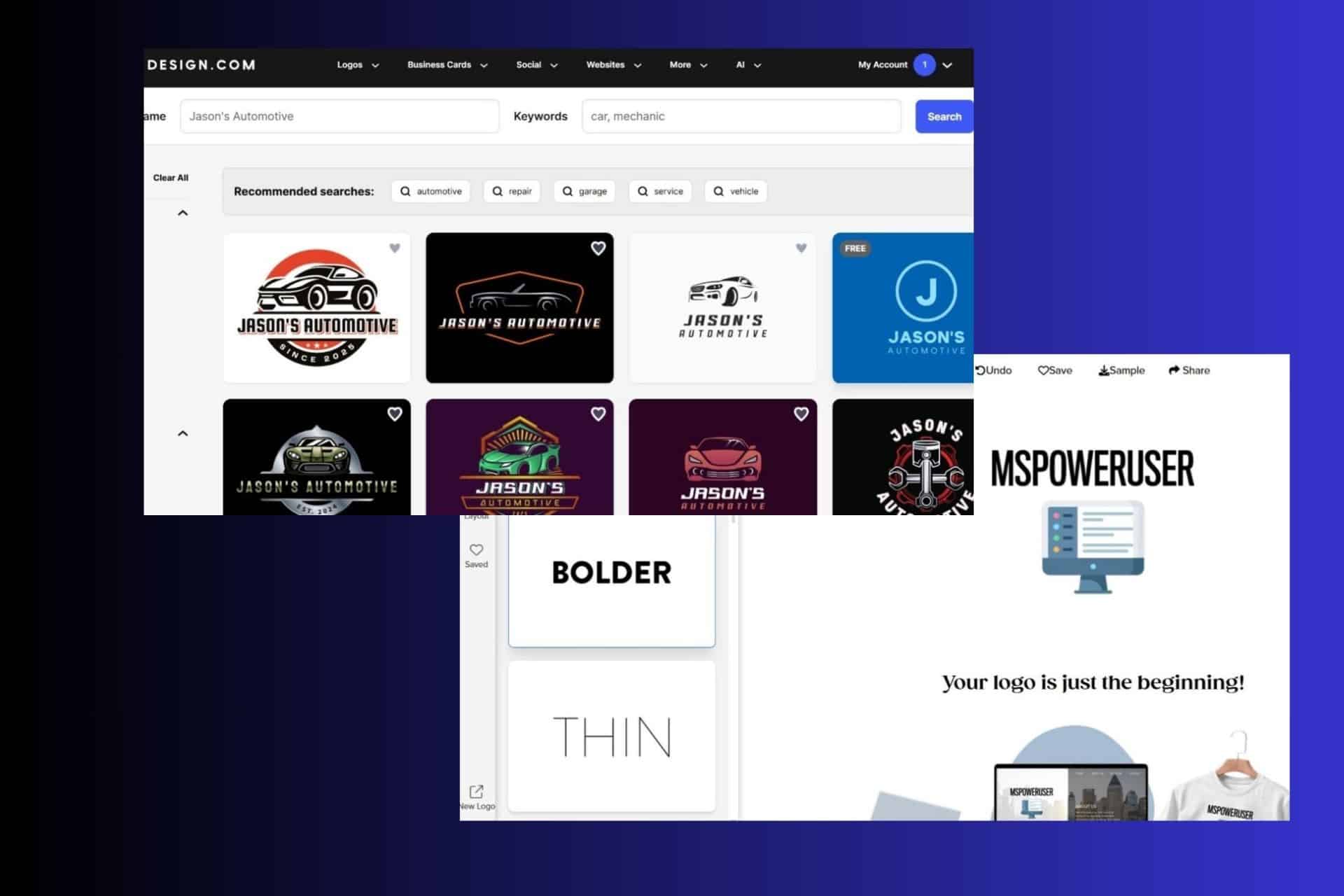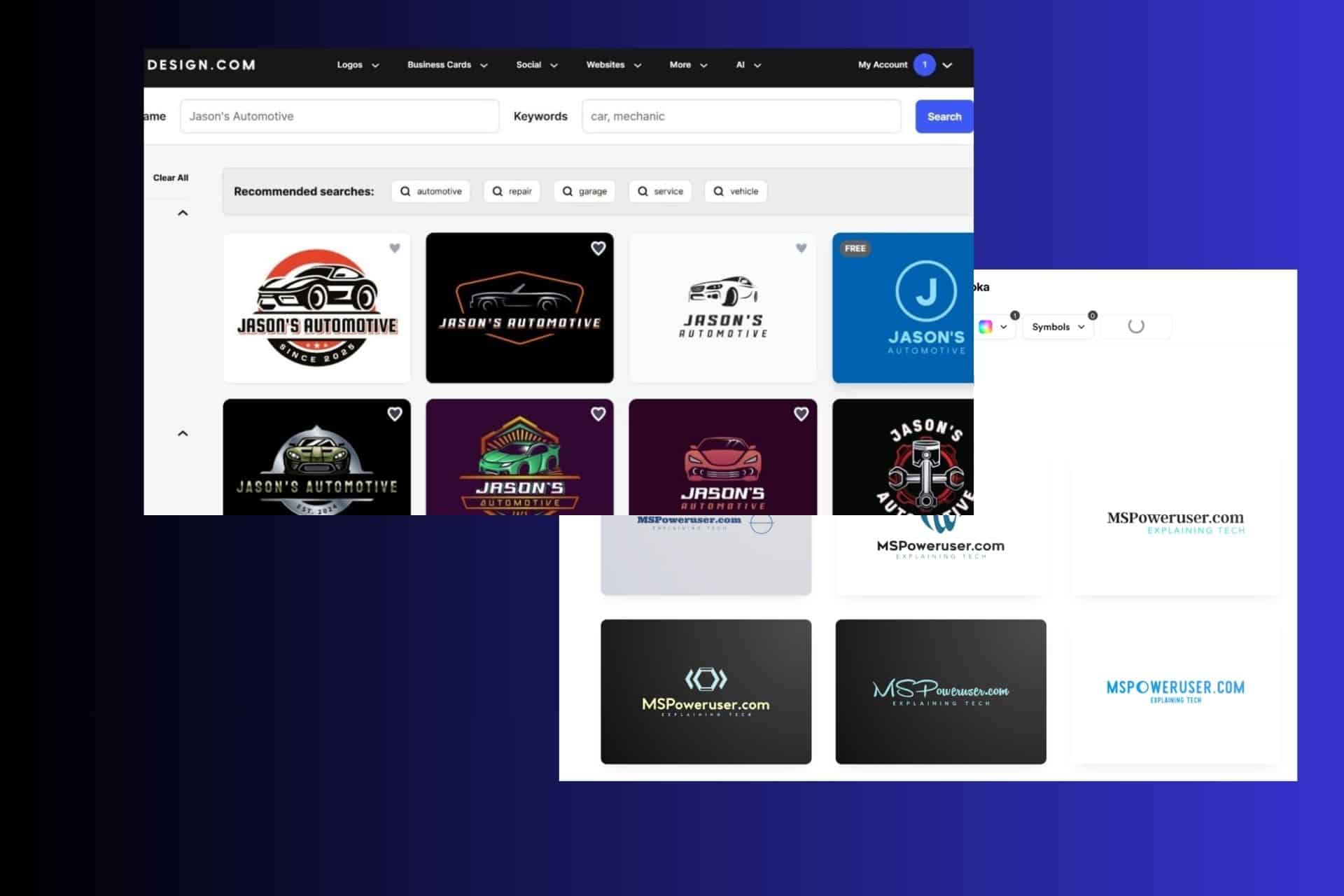Microsoft explains what they are doing to keep Azure up and running during the COVID-19 crisis

The coronavirus pandemic has placed unprecedented stress on Microsoft’s cloud infrastructure, as much of the world, including Microsoft, moved to remote work.
In a new blog post, Microsoft explained what they are doing to keep the lights on in their server farms and maintain quality of service.
Microsoft says their efforts focus on two key areas of action:
- Help Microsoft customers address their most urgent needs.
- Ensure Microsoft Azure continues to scale to meet new demand.
Helping Microsoft customers address their most urgent needs
Microsoft notes use cases such as Remote work, distance learning, real-time insights, and analytics have all become much more pressing needs recently.
They note that Microsoft Teams, which runs on Azure, is playing a critical role in helping companies stay connected through video meetings, calls, and chats and that Teams has set a new daily record of 2.7 billion meeting minutes in one day.
HoloLens 2 and Dynamics 365 Remote Assist are being used on the front lines by nurses and doctors to maintain social distancing and minimize interactions all while ensuring expert support of patients via remote participation of support staff and access to valuable patient data and health records. And for the first time ever, instead of working together on campus, all 185 first-year students from Case Western Reserve University’s School of Medicine are using HoloLens and the university’s signature HoloAnatomy mixed-reality software, in light of the need for physical separation during the pandemic.
Hundreds of healthcare providers have installed the Power Platform Emergency Response Solution for hospitals, which was developed with Swedish Health Services in the Seattle area to analyze and improve resource tracking and decision support tools for hospital administrators.
Microsoft’s Nonprofit Data Warehouse Quickstart efforts are helping nonprofits easily deploy Azure analytics services such as Azure Synapse Analytics and with prebuilt Power BI templates by integrating sample datasets such as the World Health Organization Water and Sanitation data repository, data that is aligned to the International Aid Transparency Initiative (IATI) data standard, and the Common Data Model for Nonprofits.
Microsoft recently announced the Dynamics 365 Healthcare Accelerator Patient Scheduling and Screening Template—
Many healthcare organizations in Europe and beyond using now Microsoft’s Healthcare Bot service to help screen people for potential coronavirus infection and treatment.
Ensuring Azure continues to scale to meet new demand
The impact of the current pandemic is a great example of how cloud computing can rapidly meet new challenges. All of Microsoft’s cloud services including Teams and other Microsoft 365 products, Dynamics 365 and Azure were put to the test during these unprecedented and uncertain times.
Azure has been designed to quickly scale to meet surges in demand when they occur. However, in March the surging use of Teams for remote work and education due to the pandemic crossed into unprecedented territory. Initially, Microsoft took a cautious approach and put in place temporary resource limits on new Azure subscriptions. (Existing customer subscriptions did not experience these restrictions as each Azure customer account has a defined quota of services they can access.) This allowed Microsoft to continue to meet the promised quota for all existing Azure customers, prioritize new needs for life and safety organizations on the front lines of the pandemic response and support the dramatic shift to remote work and education on Teams.
As the surge in Teams demand occurred, Microsoft quickly took steps towards managing increased cloud infrastructure and network demand including:
- Optimized and load-balanced the Teams architecture and quickly rolled out these improvements worldwide (using Azure DevOps), without interrupting the customer experience. This work is durable such that we can manage Teams rapid growth moving forward without creating pressure on Azure customers’ capacity needs.
- Expediting additional server capacity to the specific regions that faced constraints, while ensuring the safety and health of our datacenter staff and supply chain partners.
- Approving the backlog of customer quota requests, which Microsoft is rapidly doing every day and are on track to complete over the next few weeks in almost all regions.
- Removing restrictions for new free and benefit subscriptions in several regions, so that anyone can learn more about Azure’s capabilities and develop new skills.
- Refining their Azure demand models. Microsoft’s data science models are using what they’ve learned from this pandemic to better forecast future demands, including adding more support to handle future global events like a pandemic that drives simultaneous demand usage everywhere in the world.
Microsoft says they remain committed to operational excellence. Read their full blog post here.
Read our disclosure page to find out how can you help MSPoweruser sustain the editorial team Read more




User forum
0 messages